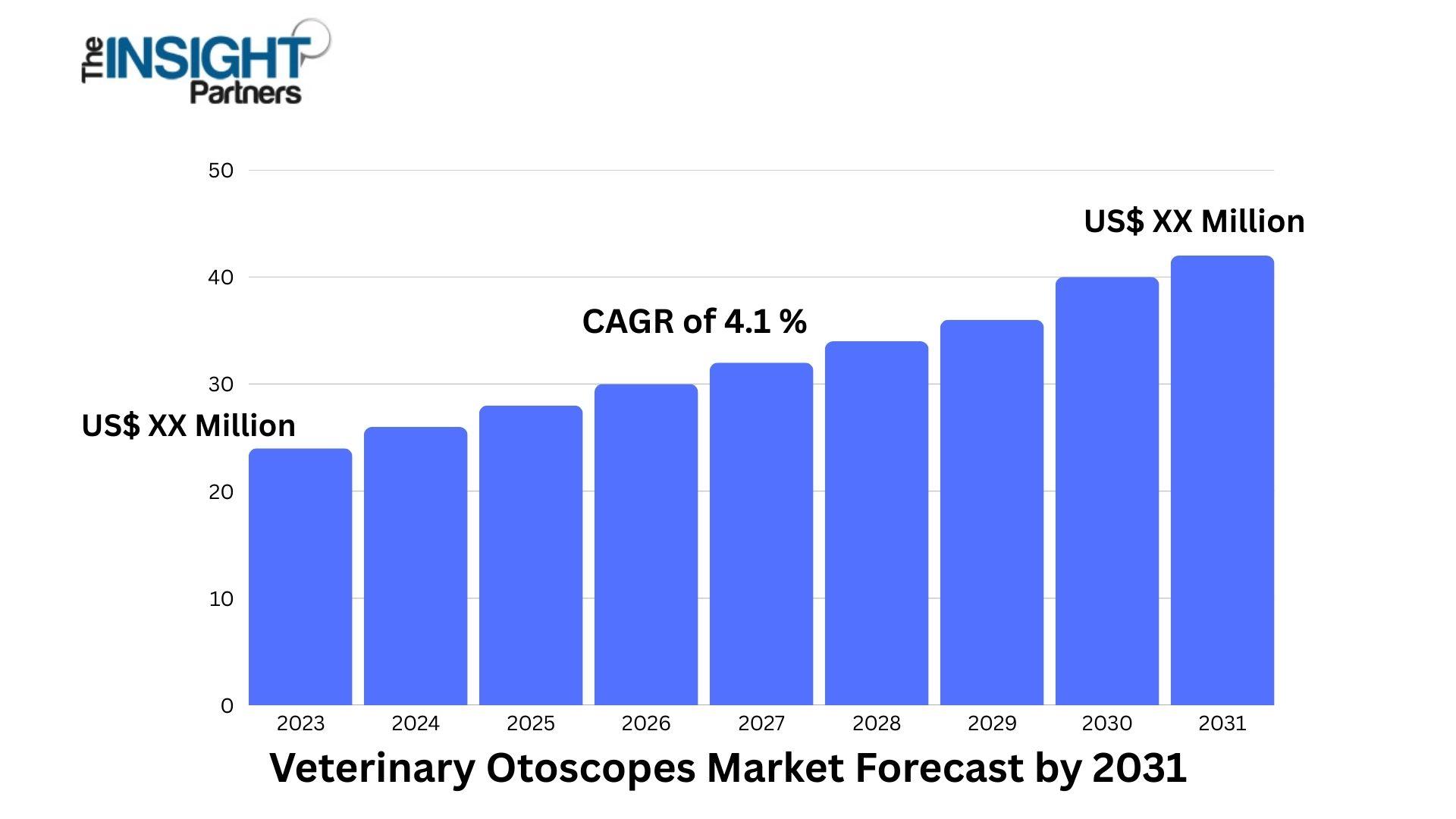Dry Cat Food Demystified: The Ultimate Guide to Healthy Pet Nutrition
When it comes to choosing the right pet food, especially dry cat food, pet owners often feel overwhelmed by the countless options available. Nutrition plays a vital role in your cat’s overall health, influencing their energy levels, coat shine, digestive system, and even life expectancy. Selecting the right dry cat food is more than just filling their bowl — it’s about providing the perfect balance of protein, fats, vitamins, and minerals to keep your furry companion thriving.
This detailed guide will help you understand the key factors in choosing dry cat food, including ingredients to look for, feeding guidelines, and expert-backed tips to ensure optimal pet health.
Why Dry Cat Food Is a Popular Choice
Dry cat food remains one of the most widely used types of pet food for several reasons:
-
Long Shelf Life: It can be stored for extended periods without spoiling.
-
Convenience: Easy to measure, store, and feed.
-
Dental Health Benefits: Crunchy texture can help reduce plaque buildup.
-
Cost-Effective: More affordable compared to wet food or raw diets.
-
Portion Control: Ideal for free-feeding cats who graze throughout the day.
Essential Nutrients in Quality Dry Cat Food
Choosing the right dry cat food starts with understanding the nutrients your pet needs. A healthy formula should contain the following:
| Nutrient | Role in Cat's Health |
|---|---|
| Protein (Animal-Based) | Supports muscle growth and energy. |
| Fats (Omega-3 & 6) | Promotes shiny coat, healthy skin, and brain function. |
| Carbohydrates (Low Amounts) | Provides energy but should be minimal for cats. |
| Vitamins & Minerals | Essential for immune system and bone strength. |
| Fiber | Aids digestion and prevents hairball formation. |
| Water Content | Though dry food has low moisture, hydration is crucial. |
Pro Tip: Look for dry cat food that lists real meat such as chicken, salmon, or turkey as the first ingredient.
Ingredients to Look for (and Avoid)
Top Ingredients to Look For
-
High-Quality Animal Protein: Chicken, beef, fish, or turkey.
-
Natural Fats: Fish oil or chicken fat for omega fatty acids.
-
Taurine: An essential amino acid for cats’ heart and eye health.
-
Whole Grains (Optional): Brown rice or oatmeal for added fiber.
-
Vegetables: For natural vitamins and antioxidants.
Ingredients to Avoid
-
Artificial colors, flavors, or preservatives.
-
Excessive fillers like corn, soy, and wheat gluten.
-
Meat by-products with unclear labeling.
-
High sugar content leading to obesity and diabetes.
Feeding Guide for Dry Cat Food
Determining how much to feed depends on your cat’s age, weight, and activity level.
| Cat Weight | Daily Feeding (Cups) | Notes |
|---|---|---|
| Up to 5 lbs | 1/4 – 1/3 cup | For kittens or small breeds |
| 5 – 10 lbs | 1/3 – 1/2 cup | Adult cats with moderate activity |
| 10 – 15 lbs | 1/2 – 2/3 cup | Active or large breeds |
| 15+ lbs | 2/3 – 3/4 cup | Weight management required |
Feeding Tips:
-
Split daily portions into two meals for better digestion.
-
Always provide fresh water alongside dry food.
-
Avoid free-feeding if your cat tends to overeat.
Benefits of Dry Cat Food
-
Weight Management: Low-calorie options available for overweight cats.
-
Dental Care: Reduces tartar buildup due to crunchiness.
-
Easy Storage: Doesn’t require refrigeration.
-
Economical: More servings per bag compared to wet food.
Potential Drawbacks
While dry cat food has many benefits, it also has some drawbacks you should consider:
-
Low Moisture Content: Can lead to dehydration and urinary tract issues.
-
Carbohydrate Overload: Some formulas contain excessive grains.
-
Risk of Overfeeding: Cats may eat more than needed if portions are uncontrolled.
Solution: Supplement dry food with wet food or ensure your cat drinks plenty of water.
How to Transition to a New Dry Cat Food
Changing your cat’s diet suddenly can cause stomach upset. Follow this 7-day transition plan:
| Day | Old Food | New Food |
|---|---|---|
| Day 1-2 | 75% | 25% |
| Day 3-4 | 50% | 50% |
| Day 5-6 | 25% | 75% |
| Day 7 | 0% | 100% |
Gradual transitions help your cat adjust and prevent digestive issues.
Signs of Quality Dry Cat Food
You can identify if your cat’s food is high quality by monitoring these signs:
-
Healthy Coat: Shiny, soft fur indicates good nutrition.
-
Consistent Energy Levels: Active and playful behavior.
-
Regular Digestion: Normal bowel movements without diarrhea or constipation.
-
Weight Stability: No sudden gain or loss.
If your cat shows symptoms like lethargy, dull coat, or digestive problems, consider switching formulas or consulting a veterinarian.
Comparison: Dry Cat Food vs. Wet Cat Food
| Feature | Dry Cat Food | Wet Cat Food |
|---|---|---|
| Moisture Content | 10% or less | 70-80% |
| Shelf Life | Long-lasting | Short, needs refrigeration |
| Cost | More affordable | More expensive |
| Dental Health | Helps reduce plaque | Does not benefit dental health |
| Palatability | Good, but less aromatic | Highly palatable for picky eaters |
Frequently Asked Questions (FAQs)
1. Is dry cat food enough for my cat’s diet?
Dry cat food can be a complete diet if it meets all nutritional requirements. However, adding wet food or occasional fresh treats can help increase hydration.
2. How can I keep dry cat food fresh?
Store dry cat food in an airtight container in a cool, dry place to maintain freshness and prevent contamination.
3. Can kittens eat adult dry cat food?
No. Kittens require higher protein and fat levels for growth. Always choose food specifically formulated for kittens until they are 12 months old.
4. What should I do if my cat refuses dry food?
Gradually mix dry food with wet food or add a bit of warm water to enhance aroma and texture. Picky eaters often need time to adjust.
5. How do I prevent obesity in cats eating dry food?
Measure portions carefully and avoid free-feeding. Encourage playtime and physical activity to burn excess calories.
Expert Tips for Selecting the Best Dry Cat Food
-
Read the ingredient list carefully — prioritize protein over fillers.
-
Check for AAFCO certification to ensure nutritional completeness.
-
Avoid products with artificial additives or vague meat descriptions.
-
Consult your vet for recommendations based on your cat’s health condition.








